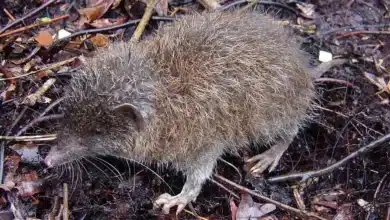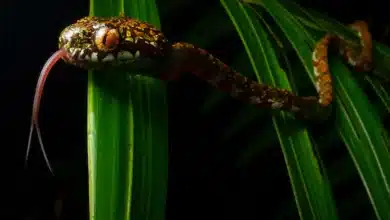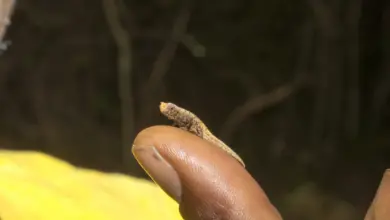New Monkey Discovered
Rare, Sneezing Monkey From A Remote Corner Of Myanmar (Burma) Is Already Endangered
Although the Burmese snub-nosed monkey was unknown to science until an expedition turned up conclusive evidence earlier this year, local hunters in the remote and mountainous area of Burma where the rare primate lives told researchers it’s easy enough to locate when they’re looking for it: The monkey sneezes whenever it rains. In fact, the hunters said, during rainstorms, entire groups of Burmese snub-nosed monkeys tend to sit around in trees with their heads between their knees, sneezing.
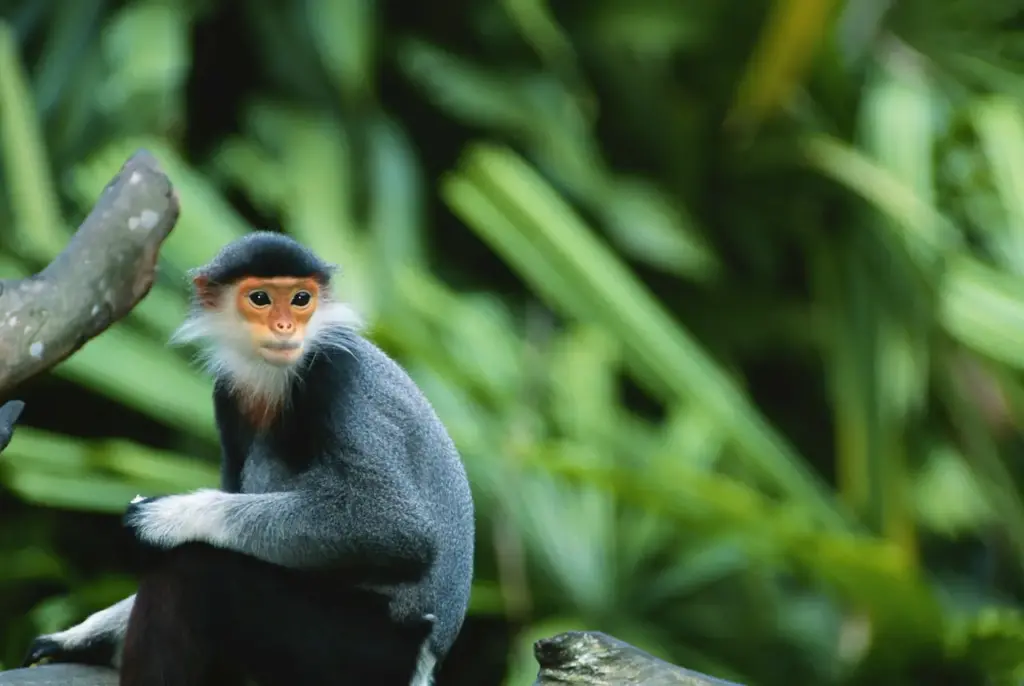
Researchers writing about the discovery in the latest issue of the American Journal of Primatology say the sneezing fits and aversion to precipitation are probably due to the fact that rainwater runs right into the monkey’s upturned nostrils.
The new monkey, Rhinopithecus strykeri, was scientifically described during an early 2010 expedition to mountainous northeastern Kachin State, in northeastern Myanmar, the South Asian country also called Burma. The Myanmar Conservation Program expedition had gone to the region to survey gibbons, a type of small ape that has many subspecies. Expedition members interviewed natives, including hunters, about the new species, studied snub-nose skulls and other remains, and eventually observed a group of live snub-nosed monkeys. The expedition included Dr. Thomas Geissmann, director of the Zurich-based Gibbon Research Lab, and the lead writer on the American Journal of Primatology paper, which was published online on October 27.
The Burmese snub-nosed monkey is described as having prominent lips and an upturned nose, along with a relatively long tail, and black fur interrupted by white tufts on the ears and chin. Geissmann’s team estimates there may be only around 300 of the new monkeys living in three groups in the Maw River region, and that the primates may already be critically endangered due to human population growth in the area, along with deforestation and hunting by humans.
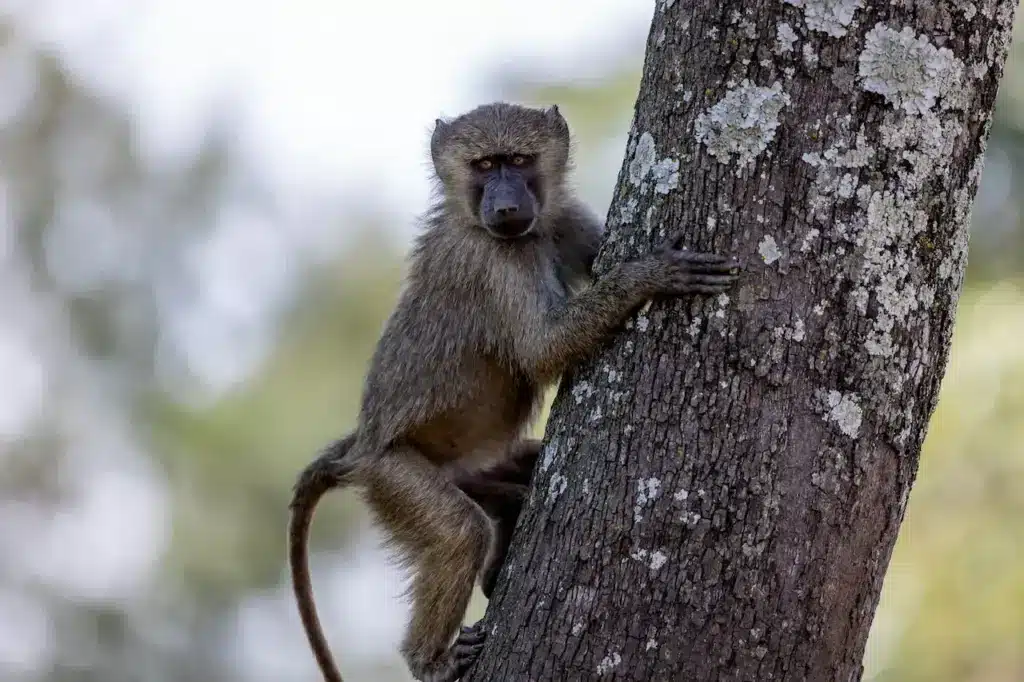
Monkeys, gibbons and other rainforest wildlife are hunted and consumed locally by villagers and are also trafficked to China and other more settled parts of Asia for use as food and folk medicine. One troubling sign that the Burmese snub-nosed monkey may already be facing extinction is the fact that, when the scientific team arrived in a remote village in order to examine the remains of a snub-nose that they heard had been killed by a hunter, they were told that a “Chinese man” had already been to the village, purchased the carcass, and taken it away.
An illegal market for wildlife and wildlife parts in the newly affluent China currently is having a serious affect on the populations of many endangered and critically endangered species the world over, including tigers and rhinos. Some portions of certain animal carcasses sell for a great deal of money.
The Burmese snub-nosed monkey is the only species of snub-nose known to be living outside of China and Vietnam. The four other snub-nosed monkey species are the Endangered golden snub-nosed monkey of western and central China, the Endangered gray snub-nosed monkey of China, the Endangered Yunnan, or black, snub-nosed monkey of China and Tibet, and the Critically Endangered Tonkin snub-nosed monkey of northeastern Vietnam.
Read the original scientific account of the newly discovered sneezing monkey here.

